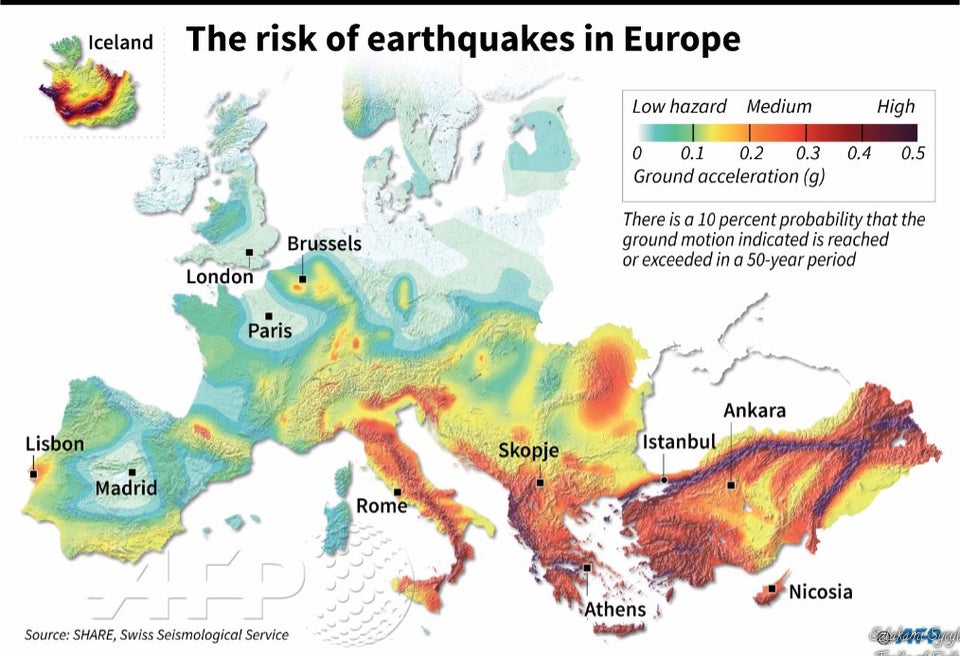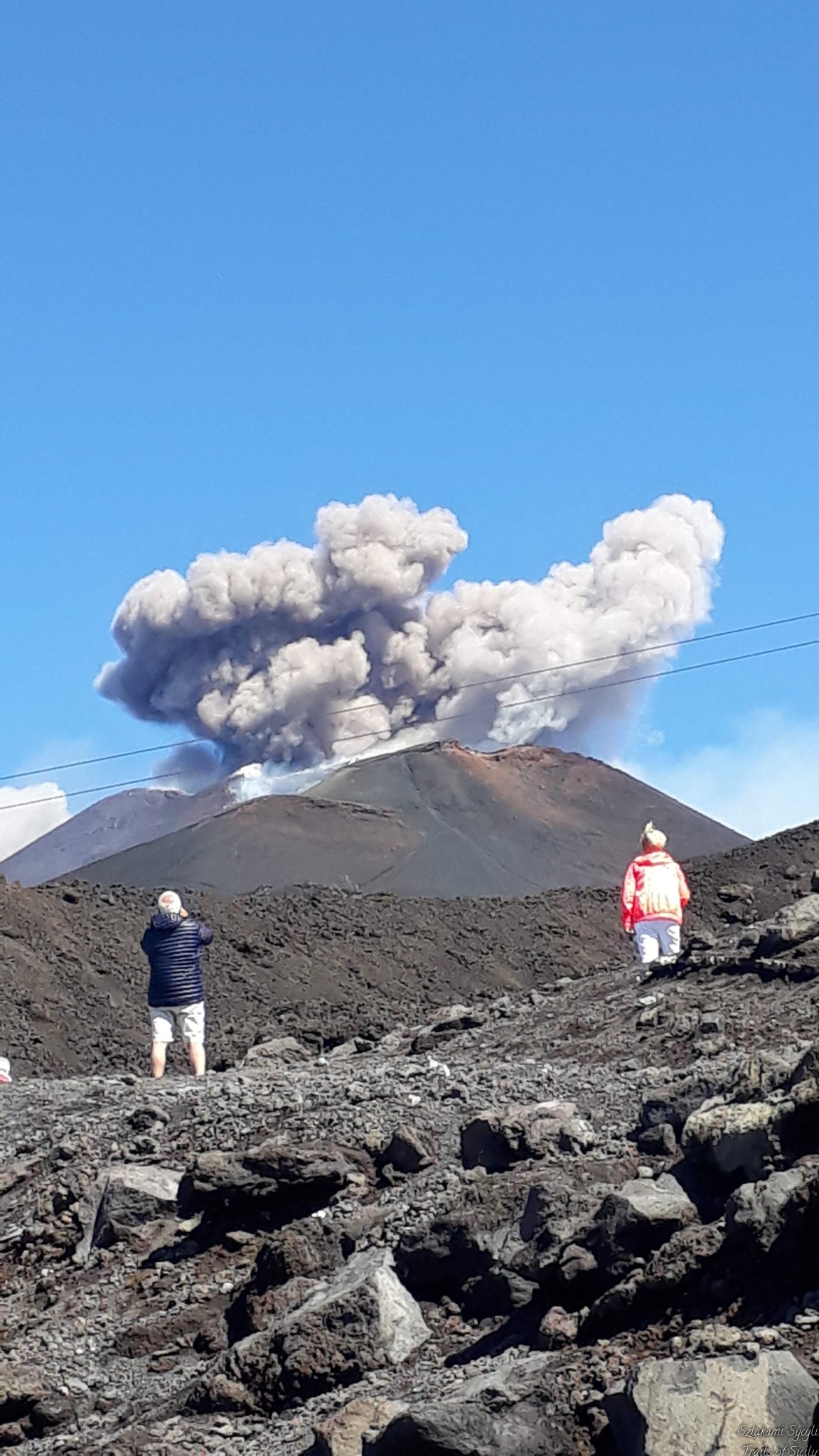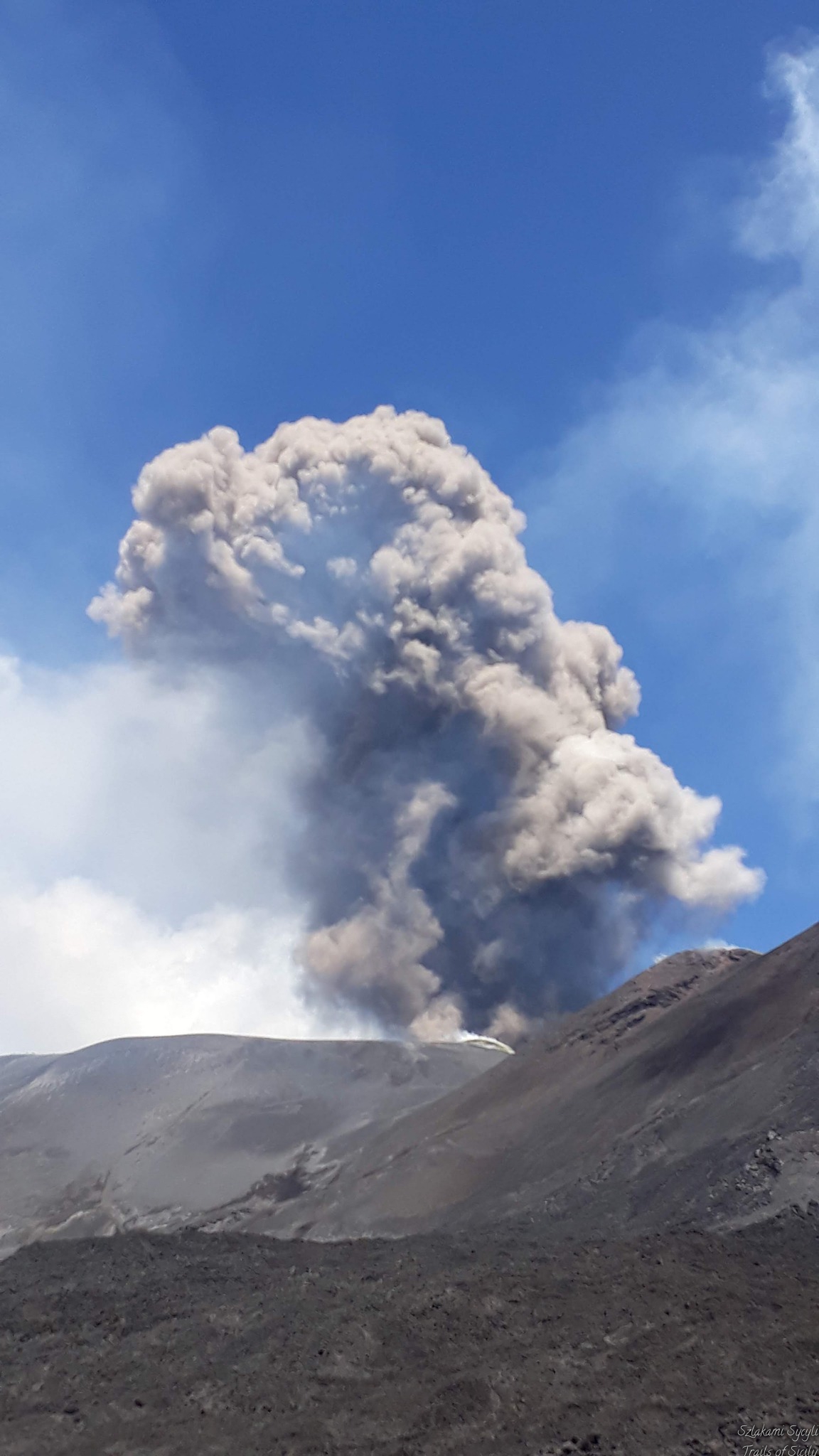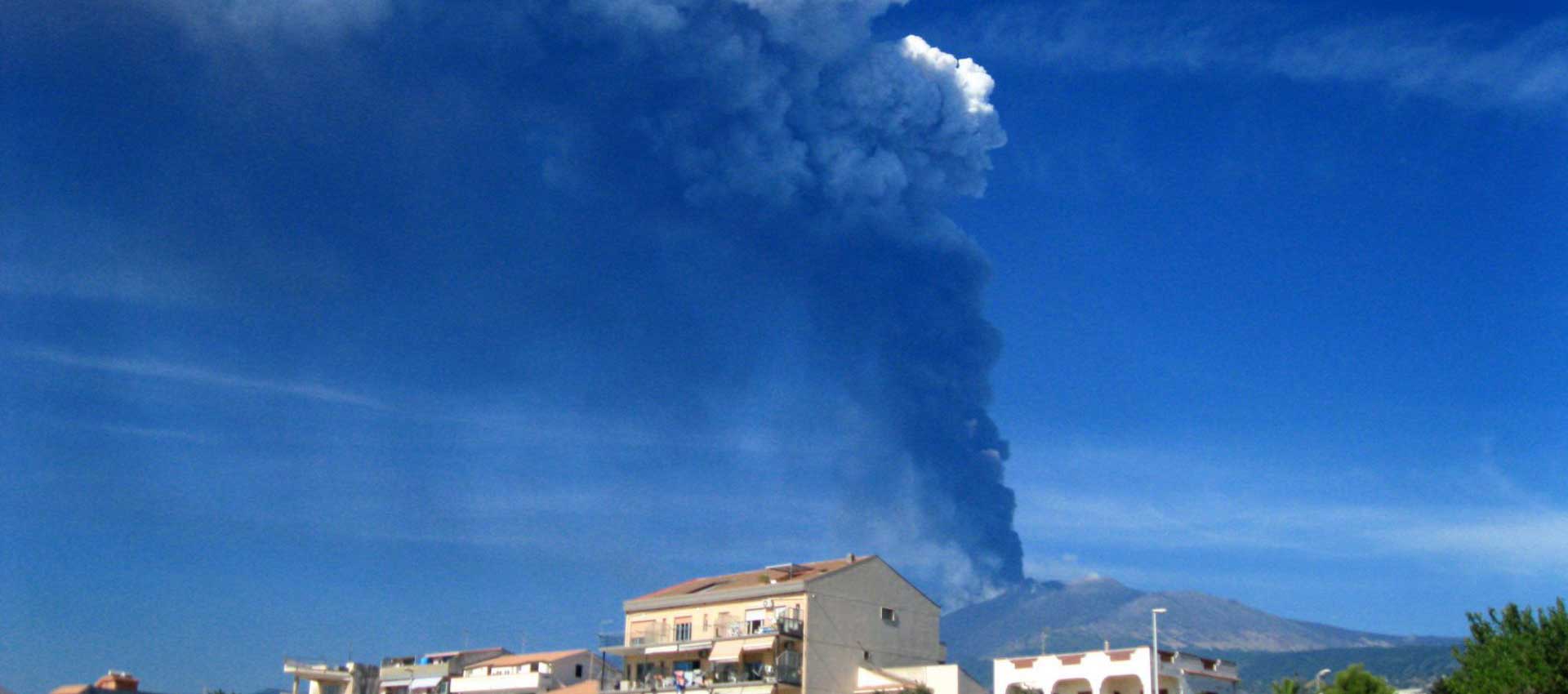Is Mount Etna Safe? Understanding the Risks
Many of you may wonder if visiting the vicinity of Mount Etna, especially during increased volcanic activity, poses any danger. As the highest active volcano in Europe, Etna’s eruptions, ash columns, and seismic activity sound quite intimidating. But are the risks as high as they seem?
Life at the Foot of Mount Etna:
Living under the shadow of Mount Etna might seem perilous, but for those of us residing in nearby cities and towns, it’s part of our daily lives. The benefits—such as a wonderful climate, proximity to both sea and mountains, fertile soils, and cheap building materials like volcanic basalts—often outweigh the potential dangers. The vibrant tourism industry also brings substantial benefits to our communities. Consequently, the risks associated with the volcano rarely cross our minds.
Historical Impact of Etna’s Eruptions:
Historical records indicate that the number of fatalities caused by Etna’s eruptions is surprisingly low. The massive eruption of 1669, which partially destroyed Catania, resulted in no fatalities. The most tragic incident occurred in 1843 near Bronte when hot lava caused a water cistern to explode, killing 59 people. More recently, in 1979, an unexpected explosion at the Bocca Nuova crater claimed 9 lives. Advances in technology now allow us to predict eruptions with far greater accuracy, enhancing safety measures.
Seismic Risk in Sicily:
While the idea of seismic activity may be unsettling, the entire Southern Europe, including Italy, Greece, Croatia, and Turkey, shares a similar risk. The likelihood of an earthquake around Mount Etna is no greater than in many other European regions. Thanks to increasingly stringent seismic building standards, the potential risk is significantly mitigated.

Volcanologist Insight:
Boris Benhke, a volcanologist from the Institute of Geophysics and Volcanology in Catania, points out that we face daily risks such as driving, which we’ve grown accustomed to. In contrast, eruptions and earthquakes seem more daunting because they are less familiar. Often, media exaggeration distorts our perception of these natural events. The actual chance of sustaining injuries from Etna’s activities is minimal.
Visiting Mount Etna During an Eruption:
Visiting Mount Etna during an eruption presents a unique set of challenges and risks. On the internet, you’ll find stories from adventurous souls who, despite prohibitions, have climbed the central craters without a guide. Conversely, I also receive messages filled with fears of apocalyptic scenarios due to the volcano’s activity.
It’s crucial to understand that Mount Etna isn’t just an active volcano—it’s also a massive mountain, towering over three thousand meters high. The terrain can be treacherous with poorly marked trails, and weather conditions can change abruptly. Just like any other mountain adventure, visiting Etna requires proper preparation: appropriate clothing, a good understanding of the trails, or the accompaniment of a qualified guide are essential.
During eruptions, access to the highest parts of the volcano is typically restricted to ensure public safety. However, because of Etna’s vast size, safer hiking opportunities are often available on the lower slopes, even when higher areas are off-limits due to volcanic activity. These lower parts provide a safer alternative for experiencing the majestic nature of Etna without venturing into dangerous zones.


Personal Experience:
As a guide with over a decade of experience living on the slopes of Etna, I frequently explore its higher regions. The tranquility and natural beauty of the area, far from urban chaos and pollution, make it an idyllic and safe place to live and work. The fear of the volcano is far outweighed by the daily joys it brings.
Explore Mount Etna Safely with Expert Guides
While the allure of Mount Etna’s dynamic landscape is undeniable, ensuring a safe and enriching experience is crucial. To truly appreciate the wonders of Etna without compromising on safety, we highly recommend taking a guided tour. Guided tours not only provide expert insights into the geological and historical aspects of the volcano but also ensure that all safety protocols are followed, especially during periods of increased activity.
If you’re planning to visit Mount Etna and want to ensure the best possible experience, consider booking a tour through Trails of Sicily. Our experienced guides are well-versed in the unique challenges and beauty of Etna and can lead you safely to the most spectacular and safe viewing spots. Visit our website to choose from a variety of tour options tailored to different fitness levels and interests.
Embark on your adventure with confidence—explore Mount Etna with those who know it best!

